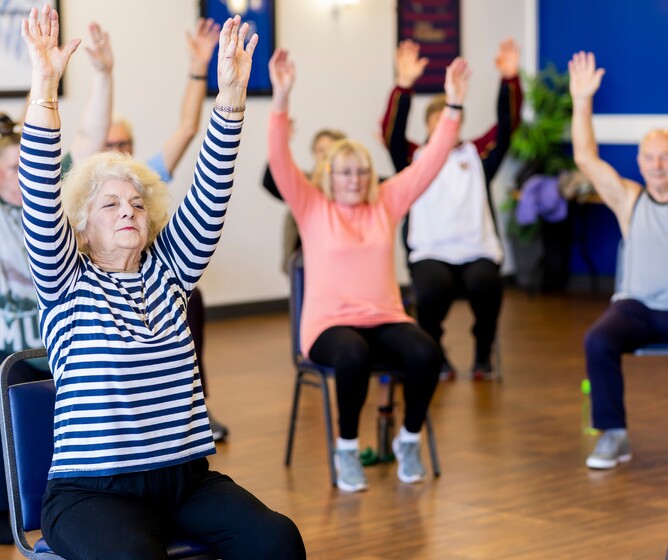Beyond the Gym: Integrating Exercise Physiology into Daily Life for Long-Term Health
Exercise physiology is a field dedicated to understanding how physical activity affects the body and contributes to overall health and well-being. While many associate exercise with gym sessions, the benefits of physical activity extend far beyond structured workouts. Incorporating movement into daily life is essential for long-term health, helping to improve cardiovascular fitness, strength, mental well-being, and more. This blog explores how exercise physiology can be integrated into everyday activities to create sustainable health habits that last a lifetime.
Understanding Exercise Physiology
Exercise physiology delves into the physiological responses to physical activity, including changes in heart rate, respiration, and metabolism. Regular exercise offers a multitude of benefits, such as improved cardiovascular health, increased strength, and enhanced mental well-being. It's essential to remember that personalized exercise programs tailored to individual needs and goals are key to maximizing results.
The Role of Exercise Physiology Beyond the Gym
Daily Movement: Staying active throughout the day is crucial for long-term health. Exercise shouldn't be confined to the gym; it's important to move regularly, whether it’s taking short walks, stretching, or performing simple exercises at home. Regular movement helps maintain mobility, enhances circulation, and reduces the risk of chronic conditions like heart disease and diabetes.
Functional Exercises: Functional exercises mimic the movements we perform in daily life, such as squatting, lifting, and reaching. These exercises improve strength and mobility in ways that are directly applicable to everyday activities, making it easier to perform tasks like carrying groceries, climbing stairs, or playing with children.
Active Lifestyle Choices: Integrating physical activity into everyday life can be simple and effective. For instance, opting to walk instead of drive short distances, taking the stairs instead of the elevator, or incorporating standing breaks during long periods of sitting can all contribute to a more active lifestyle.
Workplace Wellness: Staying active at work is essential, especially for those in sedentary jobs. Simple strategies like using a standing desk, taking regular breaks to stretch or walk, and performing desk exercises can help reduce the negative effects of prolonged sitting and improve overall health.
Home and Community: Exercise can be easily integrated into household chores, community activities, and family time. Gardening, cleaning, and participating in local sports or recreational activities are all opportunities to stay active without needing to hit the gym.
Practical Tips for Integrating Exercise Physiology into Daily Life
Morning Routines: Starting the day with simple exercises like stretching, yoga, or a quick walk can energize you and set a positive tone for the day ahead.
Incorporating Exercise into Daily Tasks: Adding physical activity to routine tasks is an easy way to stay active. For example, doing calf raises while brushing your teeth, lunges while cooking, or taking short, brisk walks while waiting for your laundry can make a big difference.
Social Activities: Engaging in group exercises or activities with friends and family adds a social dimension to staying active, making it more enjoyable and motivating.
Mindful Movement: Incorporating mindfulness into physical activity, such as focusing on breathing and body sensations during movement, can enhance the mental and physical benefits of exercise.
Consistency and Progression: Building a sustainable routine that evolves with your fitness levels and goals is key to long-term success. Starting with small, manageable changes and gradually increasing intensity and variety helps maintain motivation and prevent burnout.
Conclusion
Exercise is not just a gym activity; it's a daily practice that can be integrated into every aspect of life. By adopting the principles of exercise physiology and incorporating movement into your daily routine, you can enjoy the long-term health benefits of a more active lifestyle. Whether it's through functional exercises, active lifestyle choices, or workplace wellness strategies, there are countless ways to stay active beyond the gym.
At Holistic Strength, we specialize in creating personalized exercise physiology programs tailored to your individual needs and goals. Contact us today to learn more about how we can help you achieve your health and fitness objectives.
